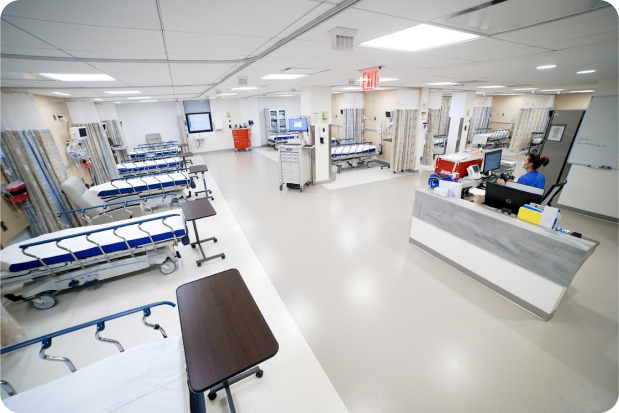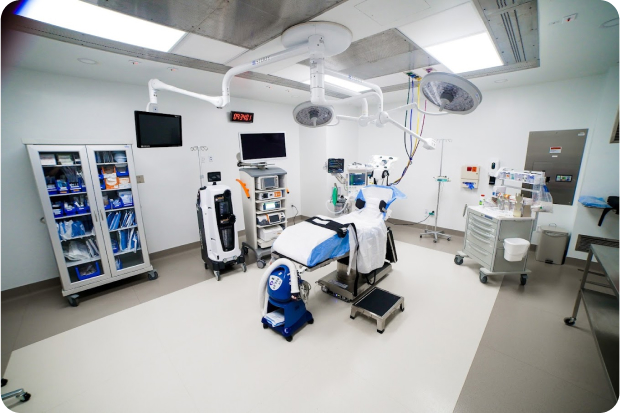 OUR LOCATIONSCall to book (212) 604-1300
OUR LOCATIONSCall to book (212) 604-1300
 OUR LOCATIONSCall to book (212) 604-1300
OUR LOCATIONSCall to book (212) 604-1300
Table of contents
Radiculopathy is a condition that affects the nerve roots in the spinal column. In the case of lumbar radiculopathy, the nerve roots in the lower back are involved. The term “lumbar” refers to the lower back, while “radiculopathy” means a condition affecting the nerve root. Essentially, lumbar radiculopathy involves inflammation, compression, or irritation of the nerve roots in the lower back, which can cause pain, numbness, tingling, or weakness.
Symptoms of lumbar radiculopathy typically begin in the lower back and can extend into the buttocks, legs, or even feet, depending on which nerve root is affected. The intensity and pattern of symptoms vary based on the specific nerve root involved. While sciatica is commonly associated with lumbar radiculopathy, the condition can also affect other nerve pathways, leading to different symptom presentations in each case.





Lumbar radiculopathy occurs when nerve roots in the lower spine are compressed or irritated, often due to various underlying issues.
These can include:
Factors such as aging, injuries, poor posture, and excessive body weight contribute to these problems. Maintaining a healthy lifestyle and seeking regular care from a pain management specialist can significantly improve the quality of life and help prevent further complications.
After scheduling an initial consultation, be prepared to openly discuss your pain with the physician. An accurate diagnosis is usually achieved through a combination of your medical history, including a detailed description of your pain, and a physical examination. During the exam, your doctor will check for limitations in the spine’s range of motion, imbalances, muscle weakness, and reflex issues.
If necessary, the doctor may order imaging tests such as an X-ray or MRI of your lower spine or recommend a nerve test like electromyography (EMG) to confirm the diagnosis. Once the diagnosis is made, collaborate with your doctor to develop a treatment plan that is both effective and tailored to your needs.


Treatment options for lumbar radiculopathy depend on the severity of the case and may include physical therapy, medications, or more invasive procedures like epidural steroid injections or surgery. Pain management typically begins with non-surgical treatments.
Before considering surgery, your doctor at New York Pain Care might recommend the following:
Early diagnosis and treatment are crucial for effective pain management and preventing further complications. Contact us and book an appointment online to get started.
Understanding the causes, diagnostic methods, and treatment options for lumbar radiculopathy is essential for effective pain management. Early recognition of symptoms and seeking professional care can help prevent complications and improve your overall quality of life. Trust the physicians at New York Pain Care, who use cutting-edge diagnostic equipment and a multidisciplinary, patient-centered approach to alleviate symptoms and completely manage lumbar radiculopathy.
New York Pain Care
20 Squadron Blvd, Suite 290
New City, NY 10956
(212) 242-8160






